As seen in our 2023 EOY Newsletter: Click Here
Kristin Tocket, CPC, QPA, QKA, TGPC
One of the many changes under SECURE 2.0 is the expansion of automatic enrollment in 401(k) and 403(b) plans. With automatic enrollment, employers will automatically withhold employee contributions at a default rate from eligible employees’ wages. To avoid being automatically enrolled, eligible employees must affirmatively make a deferral election, or choose not to participate. If they do not take any action, they are enrolled at the plan's default rate.
Prior to the enactment of SECURE 2.0, automatic enrollment was an optional feature in retirement plans. However, with these recent changes, most plans established after December 29, 2022 will be required to implement automatic enrollment for plan years beginning in 2025. The following are exempt from the mandate:
Small businesses with 10 or fewer employees
New businesses (those that have been in business for less than 3 years)
Church Plans
Governmental Plans
401(k) and 403(b) plans that were established prior to December 29, 2022
To meet the requirements under SECURE 2.0, sponsors must implement an Eligible Automatic Contribution Arrangement (EACA) that would include the below features:
Initial default contribution rate of a least 3% but no more than 10%
The default contribution rate must automatically increase by 1% each year until the rate reaches at least 10%, but no more than 15%
90-day permissive withdrawal feature (participants are allowed to withdraw any contributions made under the automatic enrollment feature within 90 days)
Participants who are automatically enrolled must be invested in a vehicle that meets the DOL’s requirements for a Qualified Default Investment Alternative (QDIA)
Employer contributions are not mandatory with an EACA unless the plan document indicates otherwise, such as a safe harbor contribution or a fixed matching contribution. If an employer intends on sponsoring a Safe Harbor plan, they should consider utilizing a Qualified Automatic Enrollment Arrangement (QACA), as opposed to an EACA. While a QACA must meet the same requirements as listed above, these plans can utilize a reduced match formula as compared to a traditional safe harbor match, as well as requiring up to two years of service to become vested.
For more information on adding an automatic enrollment feature to your plan, or any other plan design questions, please contact your plan consultant.
